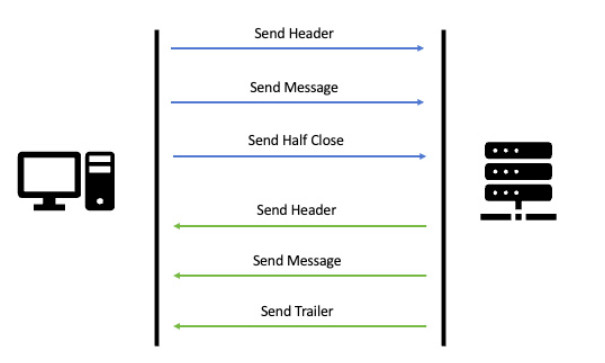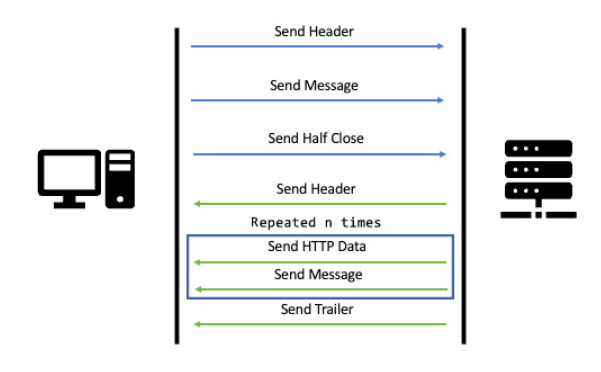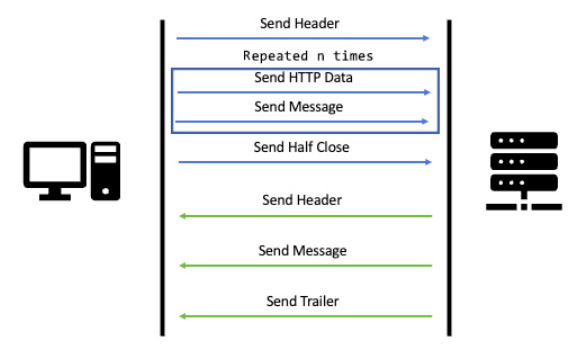Understanding Different Types of RPC Calls: A Comprehensive Guide
Written on
Chapter 1: Introduction to RPC
Remote Procedure Call (RPC) is a protocol that allows programs to request services from other programs on different computers within a network. gRPC, a high-performance and open-source framework from Google, offers multiple RPC types tailored for various use cases. The primary types include Unary, Server Streaming, Client Streaming, and Bidirectional Streaming, each crafted to meet specific communication needs between clients and servers.

Section 1.1: Unary RPC
Unary RPC represents the most straightforward RPC call, where the client sends a single request to the server and receives one response in return. This process resembles a typical function call: the client invokes the function on the server and awaits the output.
The interaction begins with the client transmitting an initial header, followed by the request message containing the request payload, generally formatted as Protocol Buffers-encoded data. Once the request is dispatched, the client sends a Half Close message to the server, indicating the end of data transmission and readiness for the response.
The server then replies by sending back a header, followed by the response message, concluding the RPC with a Trailer that includes information about the call's success and any potential error messages.
This video titled "Introduction to RPC - Remote Procedure Calls" provides a foundational understanding of how RPCs work and their applications.
Section 1.2: Server Streaming RPC
Server Streaming RPC is used when the server is required to send multiple responses to a single client request. This method is particularly advantageous when the client seeks real-time updates from the server.
Upon receiving the request from the client, the server initiates a stream of responses. The client listens to the incoming stream until no more messages are available. This approach efficiently handles large datasets, allowing for piece-by-piece processing instead of bulk transmission.

Section 1.3: Client Streaming RPC
Client Streaming RPC functions oppositely to Server Streaming. In this scenario, the client sends a series of messages to the server rather than a single request. After all messages are transmitted, the client waits for the server to process them and provide a single response.
This type of RPC is ideal when the client needs to send a significant amount of data or real-time information to the server while only expecting a single confirmation response regarding the success of the processing.

Section 1.4: Bidirectional Streaming RPC
Bidirectional Streaming RPC is a robust option where both the client and server can send a series of requests and responses asynchronously. This is particularly beneficial when both sides need to independently transmit substantial data.
In this scenario, both parties utilize a read-write stream to send messages. The sequence of messages can be arbitrary, allowing for flexible communication. The RPC concludes when both the client and server send a 'Half Close' message, indicating no further data will be transmitted, followed by a 'Trailer' from the server signaling the end of the RPC.

Chapter 2: Conclusion
gRPC's diverse RPC types cater to various communication patterns, enabling high-performance and efficient data transmission. By grasping these types, developers can design and implement distributed systems that effectively address their specific needs.
The video "What is RPC?" further elaborates on the concept of RPC, helping viewers to deepen their understanding of this essential protocol in network communication.